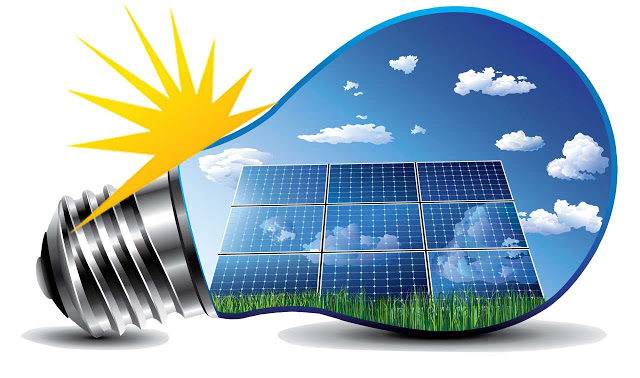Namibia
may soon have to temper its love for renewable power — at least until the grid
can catch up.
may soon have to temper its love for renewable power — at least until the grid
can catch up.
In just a
few years, the nation of only about 2.5-million people has installed almost
55MW of generation from renewables and has projects under construction for
another 121MW, according to NamPower, the state-owned utility.
few years, the nation of only about 2.5-million people has installed almost
55MW of generation from renewables and has projects under construction for
another 121MW, according to NamPower, the state-owned utility.
The total
installed capacity combined with committed renewable generation “is
reaching the threshold the grid can accommodate,” the utility said in an
e-mailed reply to questions.
installed capacity combined with committed renewable generation “is
reaching the threshold the grid can accommodate,” the utility said in an
e-mailed reply to questions.
The
comments illustrate the limits of how quickly wind and solar farms can
penetrate nations before bigger investment is required in the power
distribution network. Unlike traditional power plants that can run round the
clock, renewables feed electricity to the grid only when the sun shines or the
wind blows.
comments illustrate the limits of how quickly wind and solar farms can
penetrate nations before bigger investment is required in the power
distribution network. Unlike traditional power plants that can run round the
clock, renewables feed electricity to the grid only when the sun shines or the
wind blows.
Technically,
Nambia can handle about 275MW of renewables, which is about half of the midday
load, the utility said, citing 2017 studies. The country relies on imports for
about 60% of its electricity, mainly from Eskom, according to a 2017 annual
report.
Nambia can handle about 275MW of renewables, which is about half of the midday
load, the utility said, citing 2017 studies. The country relies on imports for
about 60% of its electricity, mainly from Eskom, according to a 2017 annual
report.
Africa
presents huge opportunities for developers of renewable-energy plants, since
wind and solar are quicker and sometimes cheaper to build than coal and natural
gas plants. While renewable sources such as wind and solar can leapfrog
traditional generation, they do not provide consistent 24-hour baseload
electricity.
presents huge opportunities for developers of renewable-energy plants, since
wind and solar are quicker and sometimes cheaper to build than coal and natural
gas plants. While renewable sources such as wind and solar can leapfrog
traditional generation, they do not provide consistent 24-hour baseload
electricity.
Namibia’s
biggest domestic source of power is the Ruacana hydropower plant near the
border with Angola. It depends on the seasonal run of the Kunene River.
biggest domestic source of power is the Ruacana hydropower plant near the
border with Angola. It depends on the seasonal run of the Kunene River.
NamPower
is dependent on Eskom to perform “load following”, when a power plant
adjusts its output as demand for electricity fluctuates throughout the day, the
company said. Eskom did not immediately reply to an e-mail seeking comment.
is dependent on Eskom to perform “load following”, when a power plant
adjusts its output as demand for electricity fluctuates throughout the day, the
company said. Eskom did not immediately reply to an e-mail seeking comment.
Reaching
a bottleneck has not deterred Namibia from adopting more renewables in the
future as it aims to reduce power imports. The national integrated resource
plan includes an allocation for biomass power plants with capacity of as much
as 200MW.
a bottleneck has not deterred Namibia from adopting more renewables in the
future as it aims to reduce power imports. The national integrated resource
plan includes an allocation for biomass power plants with capacity of as much
as 200MW.
Concentrated
solar power is also called for in the plan. That technology concentrates the
sun’s energy on heating a liquid that drives power turbines. Because the liquid
can retain heat for a time after the sun goes down, those systems also can be
used to store energy and deliver power to the grid at predictable times.
solar power is also called for in the plan. That technology concentrates the
sun’s energy on heating a liquid that drives power turbines. Because the liquid
can retain heat for a time after the sun goes down, those systems also can be
used to store energy and deliver power to the grid at predictable times.





